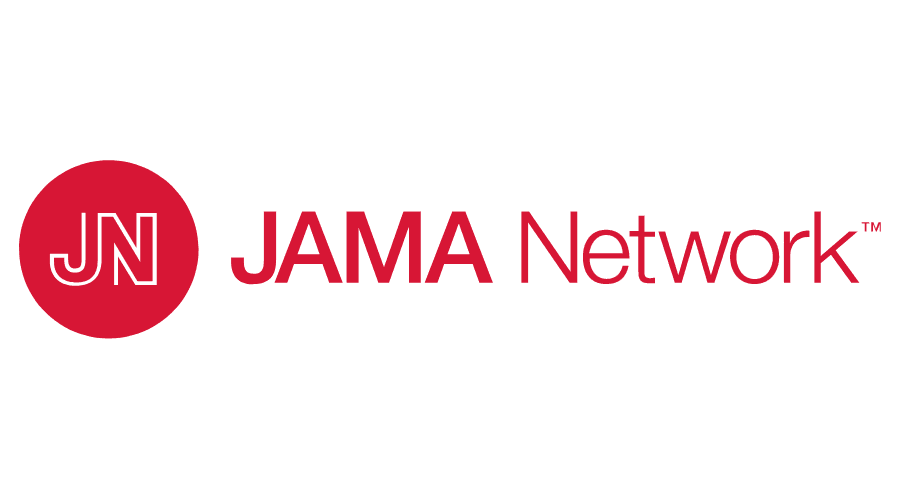Leave a Reply
You must be logged in to view and post comments.
The severe acute respiratory syndrome coronavirus 2 (SARS-CoV-2) pandemic has brought renewed urgency to the question of what constitutes an aerosol-generating procedure. Public health agencies have long noted that certain medical procedures increase transmission risk for respiratory pathogens because they generate aerosols. In contrast with respiratory droplets, aerosols are minute respiratory particles that are small enough and light enough to remain suspended in the air for long periods of time, travel beyond 6 ft from the source patient, and penetrate or circumnavigate surgical masks. Therefore, health care workers are cautioned to wear N95 respirators during aerosol-generating procedures in patients with possible SARS-CoV-2 infection, and if possible, to use airborne infection isolation rooms with 12 or more air changes per hour and negative air flow to minimize the amount of infectious aerosols in the room and to prevent their spread beyond the room.
